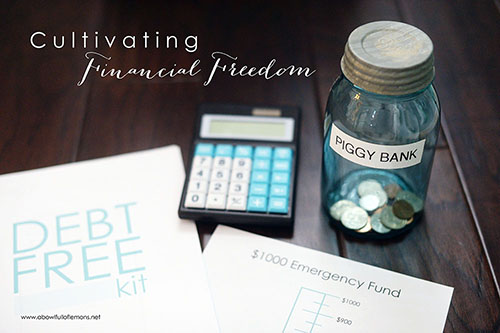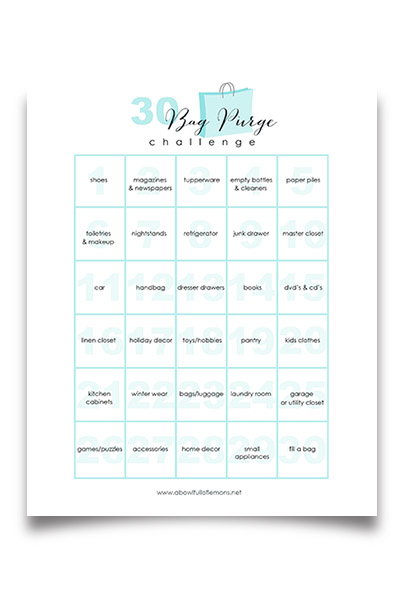Some of us were raised in homes where financial responsibility was modeled, but others of us have had to learn the hard way. If we want our children to start learning some of the financial principles that we may not have grasped until we were adults, it’s best to begin before bad habits become ingrained!
Here are a few basic guidelines for the journey:
- Start Early
As soon as your child starts asking for something with a price tag–which will very likely begin with spying a treat at a grocery store–it’s time to start talking about how money works! It’s a great launching pad for a simple discussion about the difference between a need and want and how the money you carry in your wallet and deposit at your bank has a purpose.
Once that child has learned to count, introduce him to coins and their value and teach him how to add up money. Make it real by using actual coins and bills for this!

image courtesy of freedigitalphotos.net
- Provide the means for them to have money to manage
Whether it’s “wages” they earn via chores, a small amount of weekly or monthly spending money, or whatever you decide is best for your family, it’s necessary for children to have actual money in hand in order to tangibly learn to manage it. The amount is not important (though it should be based at least partly on age), but having it in their possession is. Just as for us adults, seeing it come and go can be a powerful motivator.
- Develop a basic budget with them
Once the income is determined, help them to create a budget for where the money will go. The most common categories for kids include Give, Spend, and Save. Sometimes it’s helpful to break the Save category down further, such as in this example of possible percentages. These can definitely be tweaked as you see fit.
10% for giving
20% for short-term savings (for reaching a particular spending goal)
20% for long-term savings (for a major purchase, college, etc.)
50% for spending
- Give them a place to sort and keep their money
Whether it’s a wallet, a bank, or a set of labeled jars, provide a place for the money to be distributed by budget category as soon as it’s received. It’s a great idea to “pay” in a combination of bills and coins to make this easier.

image courtesy of freedigitalphotos.net
Some other activities that help to reinforce the value of money, needs vs. wants, and how to spend wisely include having children comparison-shop with you at the grocery store, assisting them in shopping sales and/or finding coupons for their own purchases, opening a savings account, discussing the family budget together, and refraining from advancing them funds. 🙂
And the very most important aspect of teaching kids to manage money? Your example. It’s hard to convince your child to spend only what’s budgeted if you’re always pulling out your credit card to pay. Children who don’t see their parents both saving and giving will not grasp the value of either one. If my husband and I are not making the effort to be the best possible stewards of our money, it’s going to be difficult to teach our children to do it! Perfection is not required here–just intentionality!
For those of us who grew up on Schoolhouse Rock, here’s a little money lesson in song to share with the next generation. 🙂
 Visit Melissa’s blog to learn more about budgeting… www.atimeforeverything.net
Visit Melissa’s blog to learn more about budgeting… www.atimeforeverything.net
Blog, Budget, budgeting, contributors, May 2013 Posted in 9 comments












I agree with all of your points! And I really like the idea of breaking down savings into long term and short term. Thank you. Here is a little lesson I did with my children to help them understand the family budget. I wanted them to understand where our money goes and how they, as kids, can still help.
http://www.raisinglemons.com/parenting/family-budget/
I love the lesson you did with your kids! So practical and visual. 🙂
Thank you Melissa! The breakdown is helpful to explain how important it is to save and to donate besides spending.
You’re welcome, Kristine!
I love that bicycle fabric, it would inspire me to look after my money better.
It’s a good idea at any age to separate your money as soon as you get it and this seems to be a fun way to start off the habit.
Some great tips,
Sarabeth
Wow that was strange. I just wrote an very long comment but after I clicked submit my comment didn’t show up. Grrrr… well I’m not writing all that
over again. Anyway, just wanted to say great blog!
Hey there! Do you use Twitter? I’d like to follow you if that would be okay. I’m
absolutely enjoying your blog and look forward to new
updates.
Check ABFOL out on Twitter, <HERE>